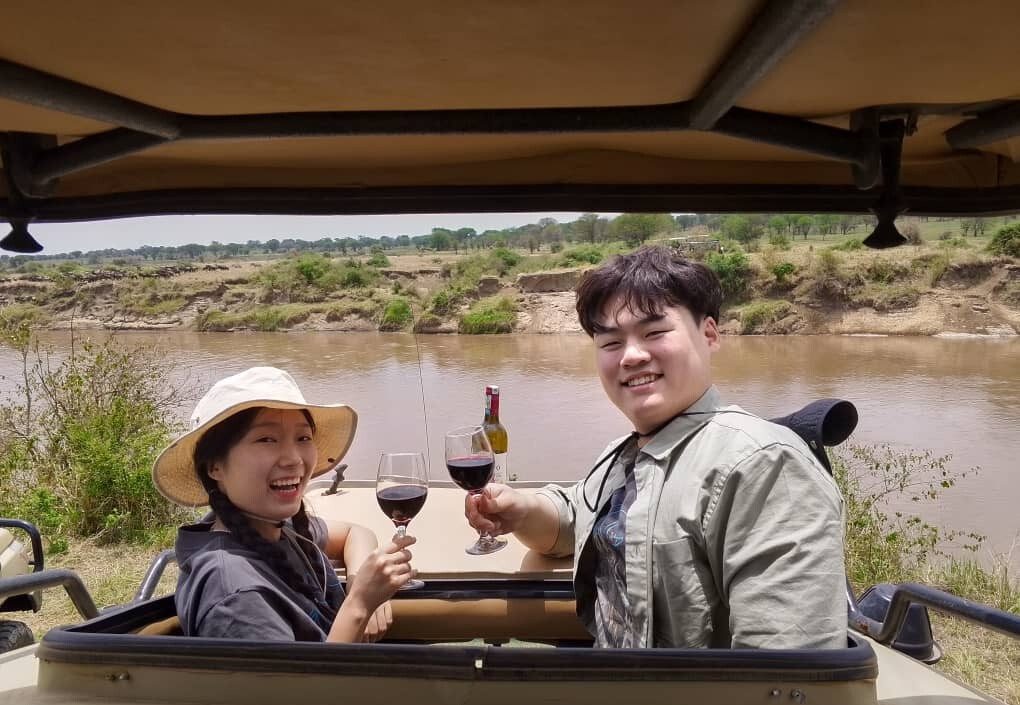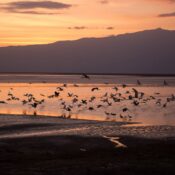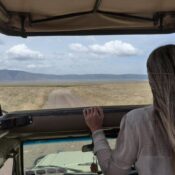Ngorongoro Crater: Unforgettable Safari Experience
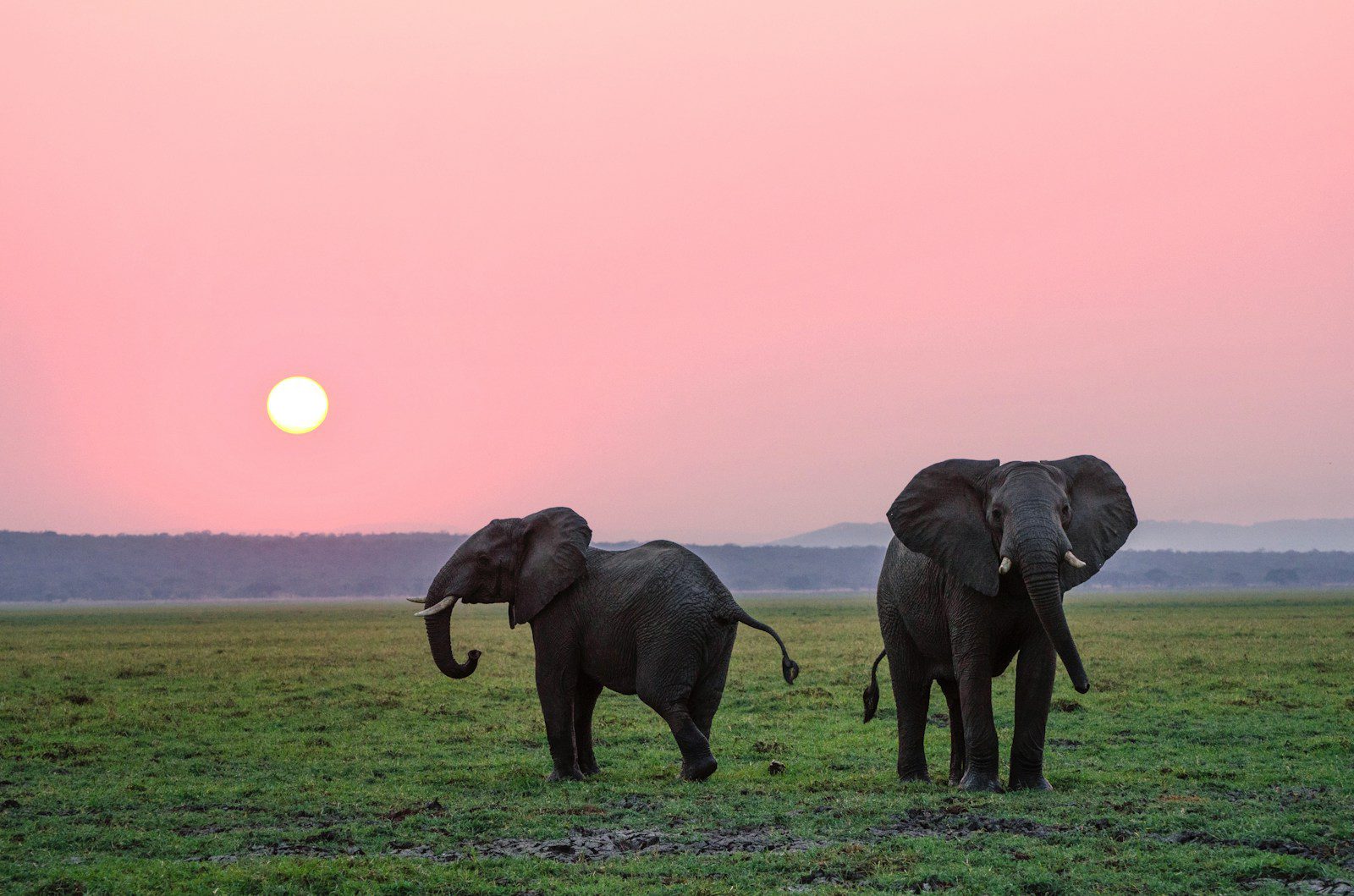
Ngorongoro Crater: Unforgettable Safari Experience
Step into the heart of the Ngorongoro Conservation Area, a place where breathtaking landscapes and rich Maasai culture create a truly unforgettable adventure. Whether you’re seeking thrilling wildlife encounters or a romantic getaway, Safari Stride ensures a seamless and luxurious safari experience tailored to your needs.
Table of Contents
The Ngorongoro Conservation Area stands as one of Africa’s most remarkable landscapes, a place where nature’s grandeur unfolds in an ancient volcanic caldera. This UNESCO World Heritage Site encompasses a breathtaking variety of ecosystems, from the iconic crater floor to sprawling savannas and dense montane forests. What makes Ngorongoro truly exceptional is its unique status as a multiple land-use area, where wildlife coexists with semi-nomadic Maasai pastoralists, creating a living tapestry of ecological and cultural significance.
At the heart of this conservation area lies the Ngorongoro Crater, often described as a natural wonder of the world. Formed when a massive volcano collapsed upon itself millions of years ago, the crater now serves as a self-contained ecosystem where an extraordinary concentration of wildlife thrives within its steep walls. The crater floor, covering approximately 260 square kilometers, hosts an astonishing array of species, including all members of the Big Five, making it one of the most reliable places in Africa to witness predators and prey interacting in their natural environment.
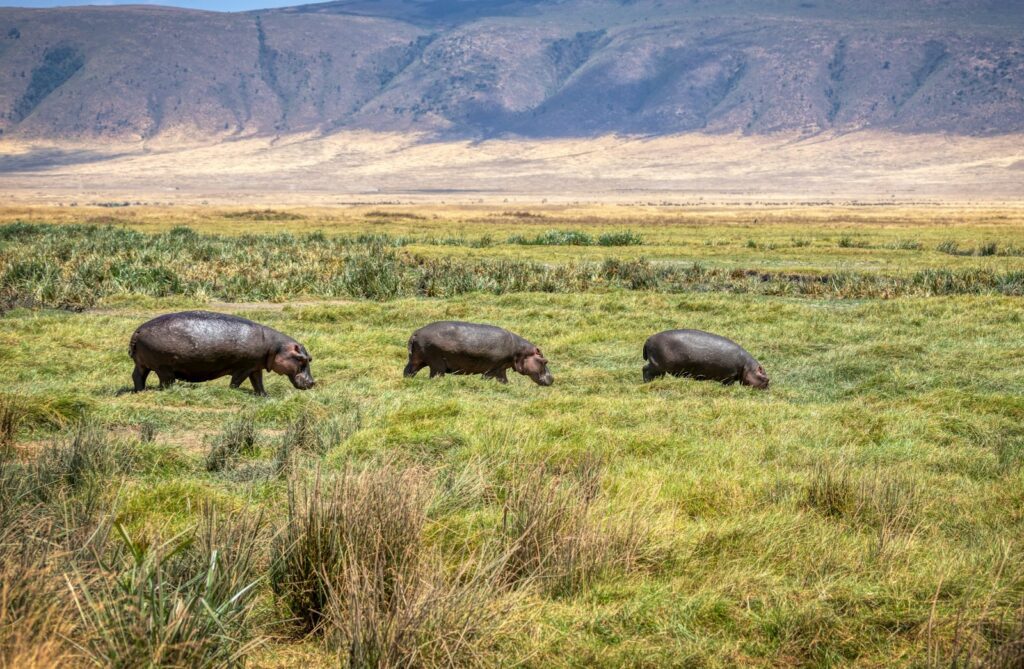
The Geological Marvel of Ngorongoro Crater
The story of Ngorongoro begins with fire and cataclysm. Approximately two to three million years ago, a volcano taller than Mount Kilimanjaro dominated this landscape before collapsing in on itself after a series of massive eruptions. This geological drama created the largest intact volcanic caldera on Earth, with walls rising 600 meters from the crater floor. The resulting depression became a perfectly contained ecosystem where species evolved in relative isolation, leading to unique adaptations among the resident wildlife populations.
The crater’s microclimate differs significantly from the surrounding highlands. While the rim often sits shrouded in mist with temperatures dipping to chilly lows, the floor below enjoys warmer conditions fed by permanent water sources. These include the shimmering Lake Magadi, a shallow alkaline lake that turns pink with thousands of flamingos during the wet season, and the Ngoitokitok Springs, where hippos wallow in mineral-rich pools. The Lerai Forest, a stand of yellow fever trees fed by underground streams, provides shade for elephants and serves as a hiding place for leopards.
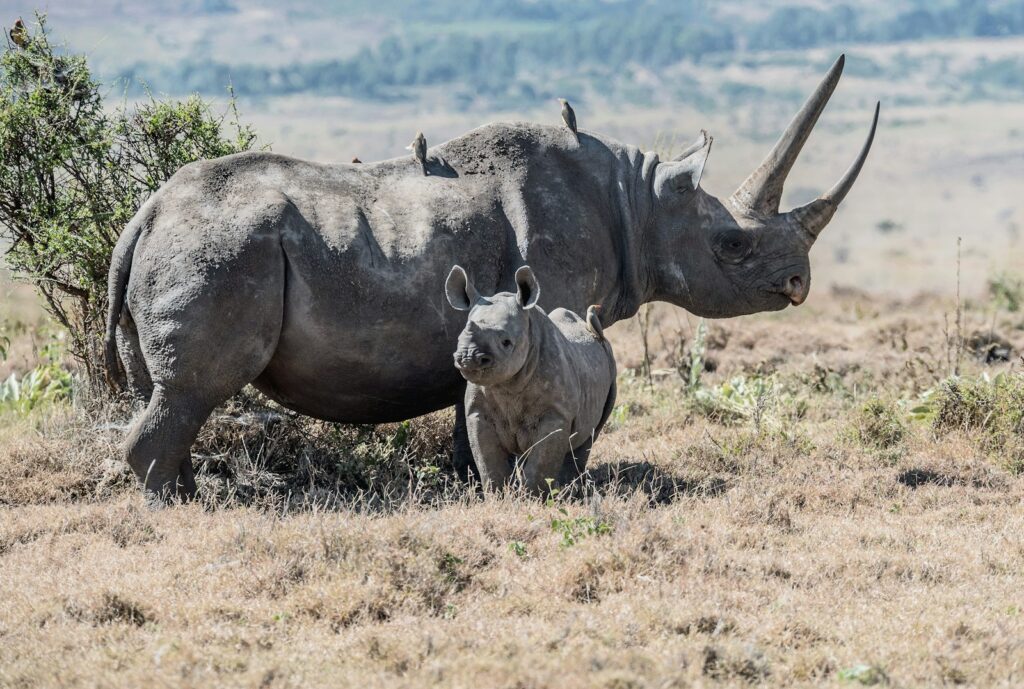
A Wildlife Spectacle Without Equal
Descending the steep crater road at dawn reveals a wildlife paradise unlike any other. The compact nature of the crater floor means visitors can frequently observe all members of the Big Five in a single morning game drive. The crater’s lions have developed unique behaviors, hunting during daylight hours more frequently than their counterparts elsewhere in Africa. Some males sport unusually dark manes, a possible result of the population’s genetic isolation within the crater walls.
The critically endangered black rhino finds one of its last strongholds here, with about thirty individuals roaming the open grasslands. These prehistoric-looking creatures represent a conservation success story, their numbers slowly recovering thanks to rigorous anti-poaching efforts. Massive bull elephants with impressive tusks, increasingly rare elsewhere due to poaching, move through the Lerai Forest, while large clans of spotted hyenas patrol the open areas in their constant power struggle with the crater’s lion prides.
Birdlife thrives in this varied habitat, from the flocks of flamingos that transform Lake Magadi into a living pink carpet to the raptors that soar along the crater rim. Over 500 bird species have been recorded in the conservation area, including the striking Kori bustard, Africa’s heaviest flying bird, and the vibrant malachite kingfishers that dart along the crater’s watercourses.
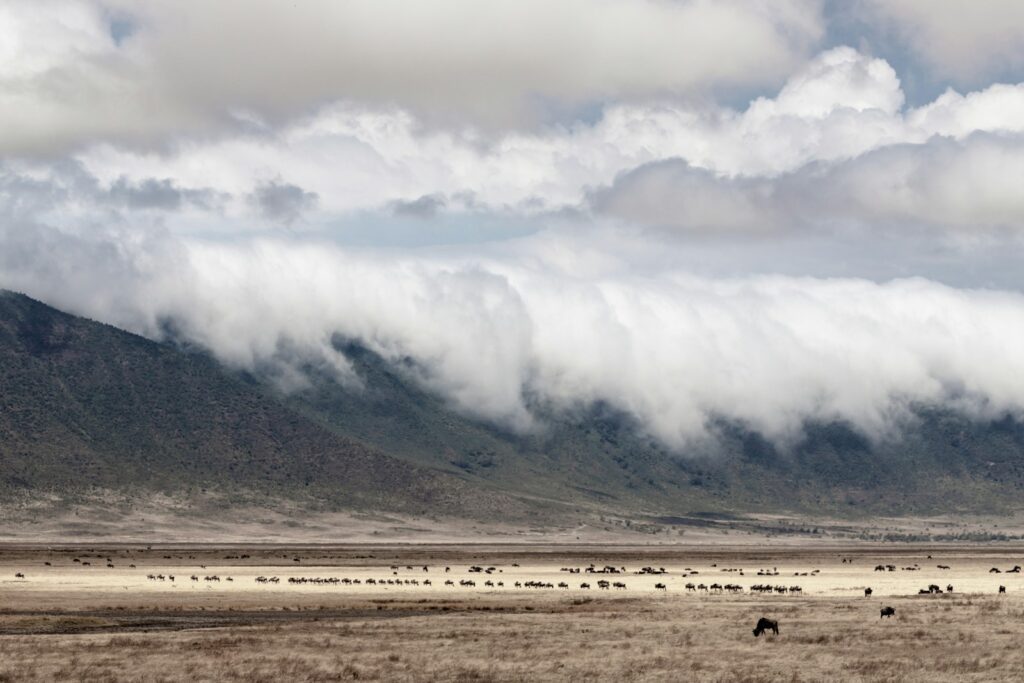
Beyond the Crater: The Greater Conservation Area
While the Ngorongoro Crater rightfully claims much of the attention, the surrounding conservation area offers equally compelling experiences. The Empakaai Crater, a smaller but equally stunning volcanic caldera, features a deep alkaline lake surrounded by steep forested walls. Hiking trails lead visitors down to the lake shore, where flamingos feed in the shallows and blue monkeys chatter in the trees.
The shifting sands of Ndutu present a geological curiosity – a 100-meter-long dune of volcanic ash that moves slowly across the plain, pushed by prevailing winds. Nearby, the archaeological site of Olduvai Gorge has yielded some of the most important hominid fossils ever discovered, earning its reputation as the “Cradle of Mankind.” The onsite museum tells the story of human evolution through carefully curated exhibits of fossils and ancient tools.
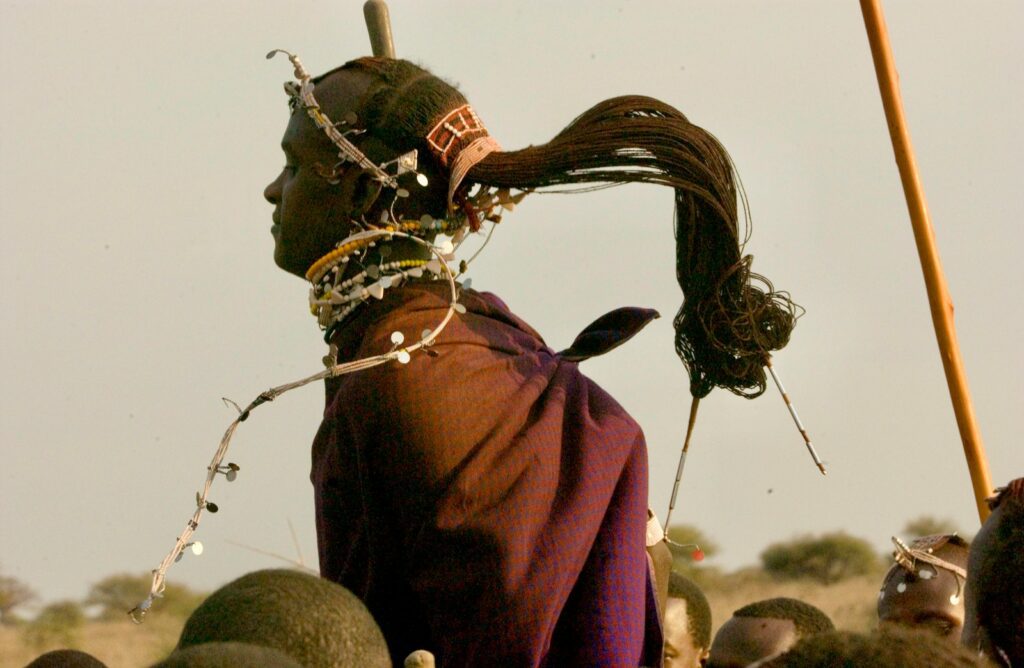
The Maasai: Guardians of the Land
The Ngorongoro Conservation Area represents a rare model of human-wildlife coexistence. The Maasai people have grazed their cattle herds across these lands for centuries, developing a pastoral lifestyle that complements rather than conflicts with the resident wildlife. Unlike national parks that exclude human habitation, the NCA intentionally preserves this cultural landscape, recognizing the Maasai’s role as traditional stewards of the environment.
Visitors can experience Maasai culture firsthand through village visits, where elders explain traditional medicines derived from local plants, women demonstrate intricate beadwork, and warriors perform the famous adumu or “jumping dance.” Many lodges employ Maasai guides whose deep knowledge of animal behavior and tracking skills add rich layers to the safari experience.
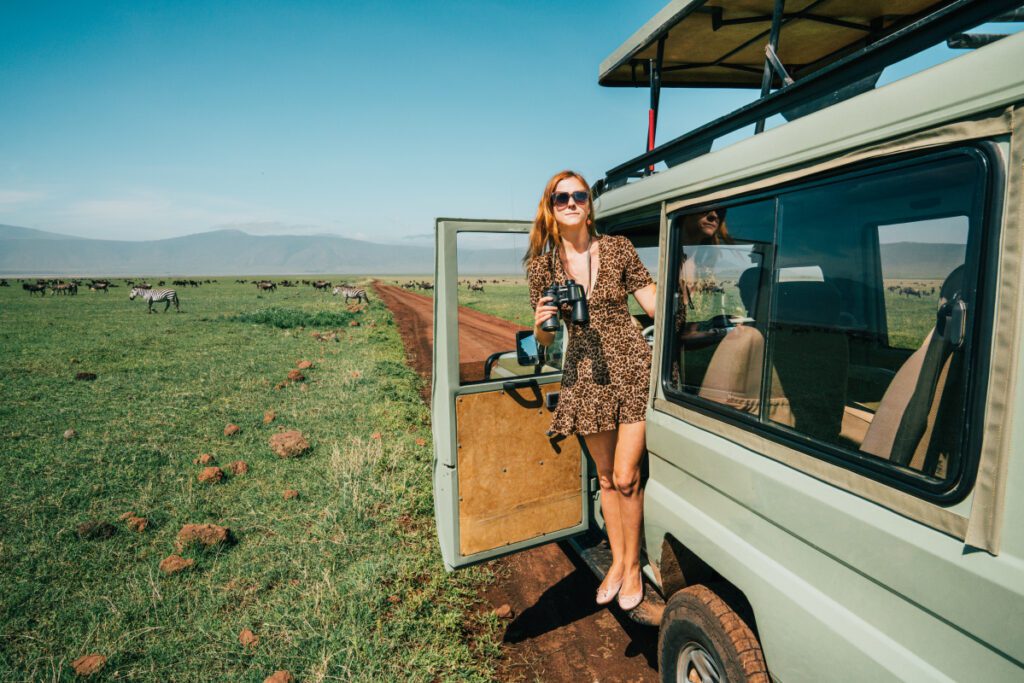
Experiencing Ngorongoro: More Than Just Game Drives
While descending into the crater for a game drive remains the quintessential Ngorongoro experience, adventurous travelers can explore the area in more immersive ways. Walking safaris along the crater rim offer breathtaking vistas and opportunities to learn about the smaller wonders of the ecosystem – from medicinal plants to animal tracks. Some lodges offer horseback riding excursions that follow ancient Maasai cattle trails through the highland forests.
For those seeking ultimate luxury, several lodges perched on the crater rim provide private balconies with panoramic views. Waking to see the morning mist rising from the crater floor while enjoying freshly brewed coffee creates unforgettable memories. More adventurous travelers can opt for fly camping experiences in the highlands, falling asleep to the sounds of the African night under a blanket of stars.
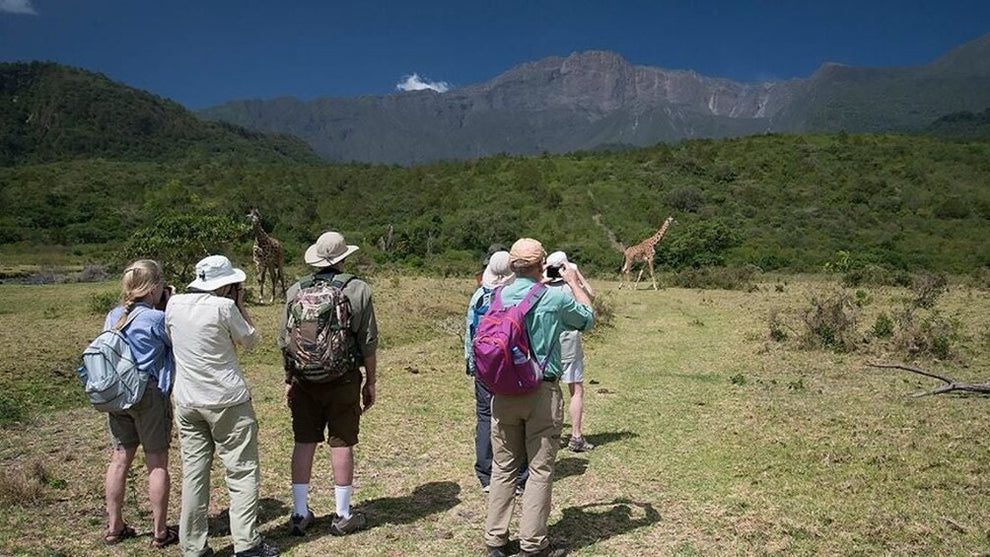
When to Visit: Seasonal Wonders
Ngorongoro offers remarkable wildlife viewing year-round, but each season presents unique advantages. The dry season from June to October brings the most reliable weather and excellent visibility as animals congregate around permanent water sources. The wet season from November to May transforms the landscape into a lush paradise, with the added bonuses of newborn animals and spectacular bird migrations.
Even the “green season” (April and May) has its charms, when the crater floor becomes a verdant carpet and visitor numbers drop significantly. While afternoon rains are common, mornings often dawn clear and brilliant, with storm clouds adding dramatic backdrops for photography.
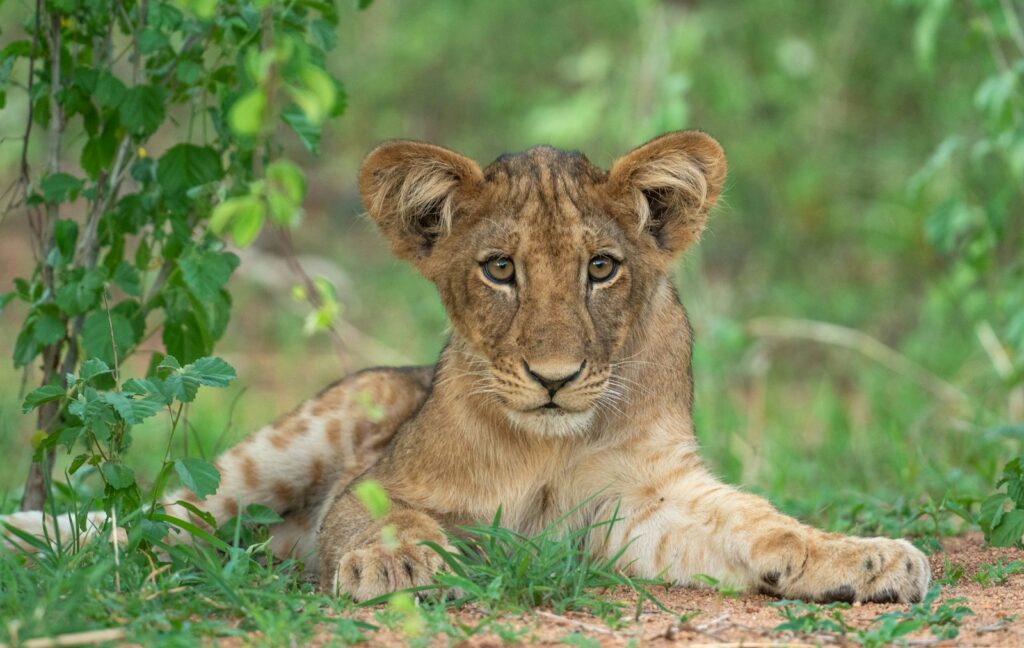
How Much Does a Safari in Ngorongoro Cost?
Planning a Ngorongoro Crater safari is one of the highlights of visiting northern Tanzania, and understanding the cost helps you prepare for an unforgettable experience. The price of a Ngorongoro safari depends on factors such as the travel season, type of accommodation, duration, and the number of travelers.
On average, a Ngorongoro Crater safari costs between $500 and $900 per person per day. This price usually includes park entry fees, accommodation, meals, transportation in a 4×4 safari vehicle, and a professional guide. Travelers can choose from a wide range of options—from mid-range lodges and tented camps offering great value, to luxury safari lodges that provide an exclusive experience with personalized services and stunning crater views.
For those seeking a premium experience, luxury safaris in Ngorongoro can cost several thousand dollars per person per day. These high-end trips often include stays in top lodges, private guides, and exclusive game drives designed for comfort and privacy.
Whether you’re planning a short Ngorongoro day trip or combining it with other destinations like Serengeti or Tarangire, prices will vary based on your itinerary and preferences. Early bookings and traveling during the shoulder seasons—such as March or early December—can help you find excellent rates without compromising on quality.
A safari in Ngorongoro is more than just a trip—it’s a journey into one of Africa’s most breathtaking natural wonders, where every dollar spent contributes to conservation and supports local communities.
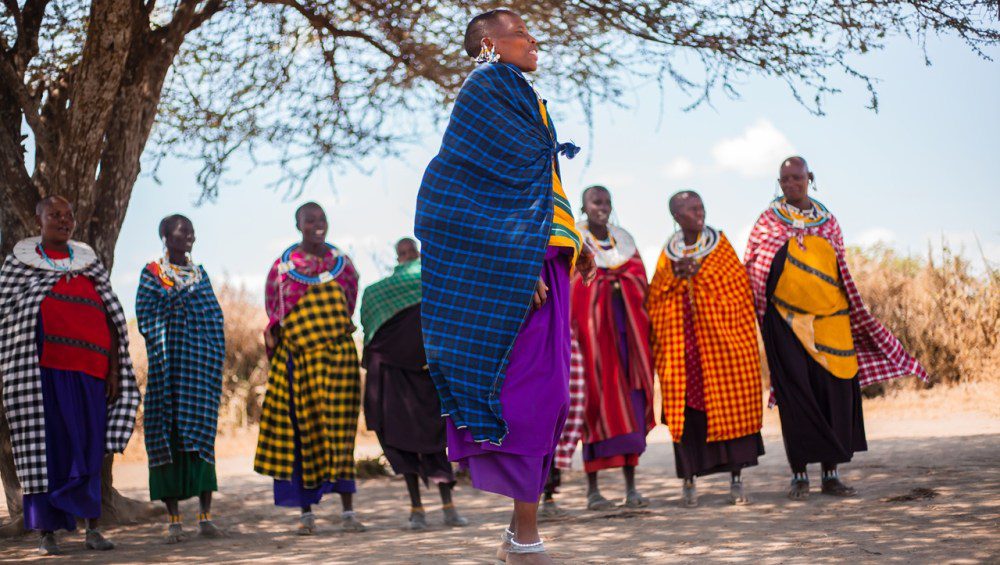
Conservation Challenges and Triumphs
Managing this unique ecosystem presents ongoing challenges. Balancing the needs of wildlife, Maasai pastoralists, and tourism requires careful planning and constant adaptation. Recent years have seen innovative solutions, including improved grazing management plans and community-led conservation initiatives that provide direct benefits to local residents.
The Ngorongoro Conservation Area Authority has implemented strict vehicle limits in the crater to prevent overcrowding, ensuring the wilderness experience remains pristine. Anti-poaching patrols work tirelessly to protect rhinos and elephants, while research programs monitor wildlife populations and ecosystem health.
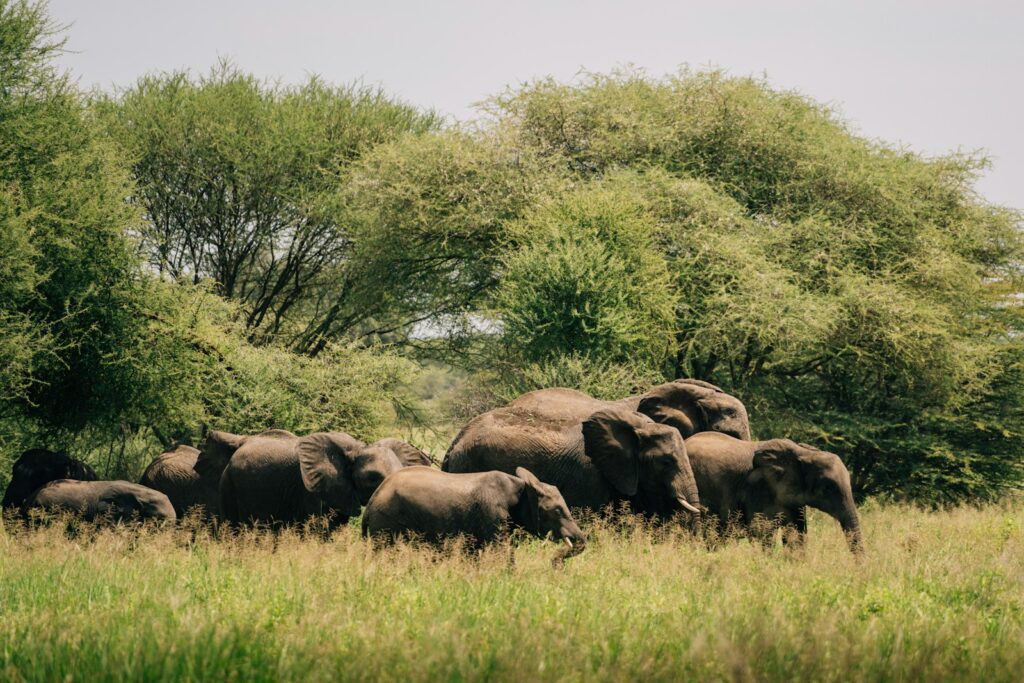
Planning Your Ngorongoro Adventure
A visit to Ngorongoro typically combines with neighboring Serengeti National Park and other northern Tanzania highlights. Most travelers arrive via Arusha, with options for road transfers or light aircraft flights to nearby airstrips. Accommodation ranges from luxurious lodges with stunning crater views to more modest tented camps in the highlands.
Packing should account for Ngorongoro’s variable climate – warm layers for chilly mornings on the crater rim, sun protection for the crater floor, and waterproof gear during the rainy season. Quality binoculars and camera equipment are essential for making the most of the exceptional wildlife viewing opportunities.
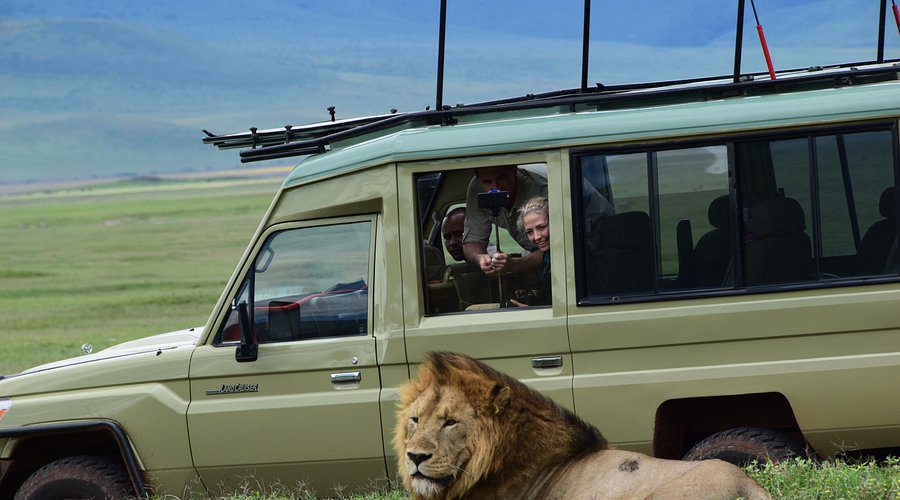
A Lasting Legacy
The Ngorongoro Conservation Area represents more than just a spectacular travel destination. It stands as a testament to what’s possible when conservation embraces both ecological and cultural preservation. This is a place where visitors don’t just observe wildlife, but become part of an ancient continuum – where humans have lived in harmony with nature for millennia, and where that delicate balance continues to inspire new generations of conservationists.
To experience Ngorongoro is to witness one of our planet’s last truly wild places, where the rhythms of nature continue undisturbed and the spirit of Africa feels most alive. It’s a journey that changes perspectives, deepens appreciation for our natural world, and creates memories that last a lifetime.
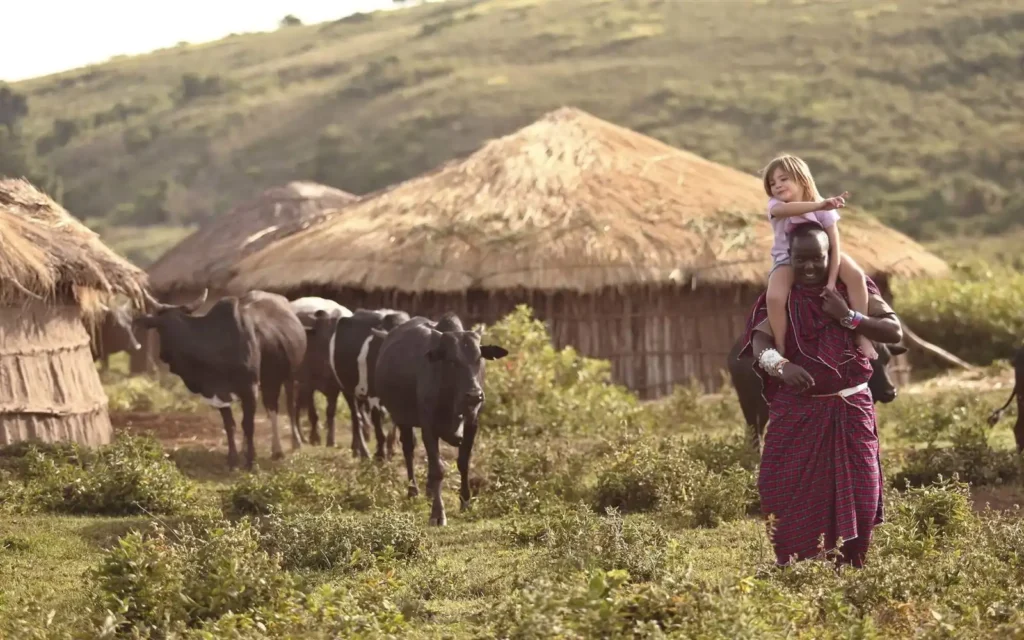
Unlock the Wonders of Ngorongoro with Safari Stride
The Ngorongoro Conservation Area beckons with its unparalleled wildlife encounters and breathtaking landscapes. As Tanzania’s premier safari specialists, Safari Stride office in Karatu places us just minutes from Ngorongoro’s gates – giving you insider access to Africa’s most spectacular wildlife arena.
Our deep-rooted expertise in Tanzania’s northern circuit ensures you’ll discover Ngorongoro’s hidden gems. We offer exclusive crater floor game drives led by Maasai guides whose ancestral knowledge brings each wildlife encounter to life. Witness the rare black rhino in its natural habitat and marvel at the crater’s famous lion prides during golden hour.
For culture enthusiasts, we arrange authentic Maasai village visits where you’ll learn ancient traditions directly from tribal elders. Our partnerships with top-rated lodges guarantee accommodations with panoramic crater views, from luxurious suites to eco-friendly tented camps.
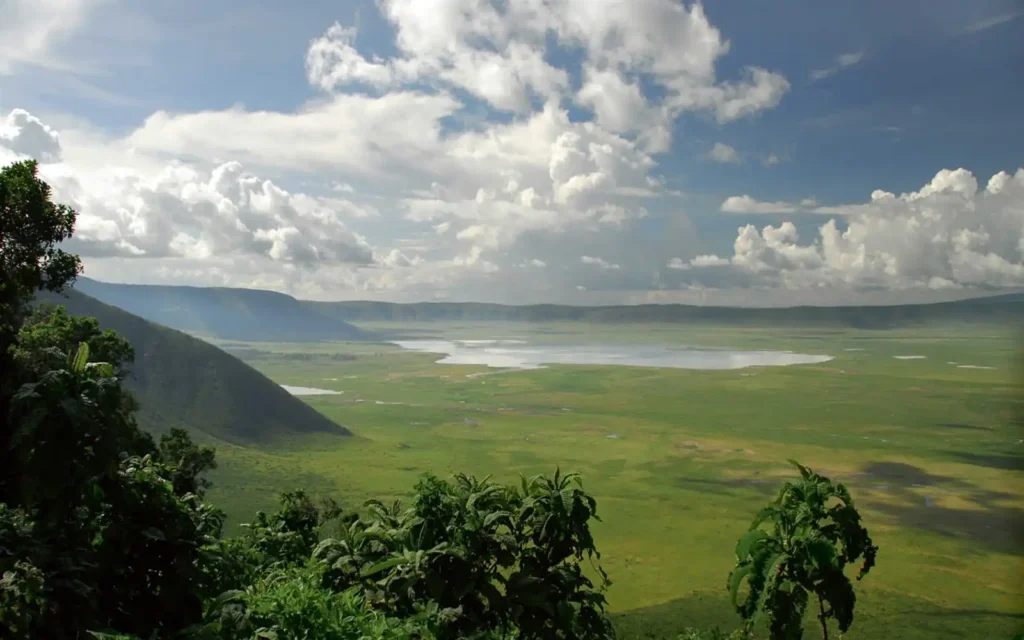
Recent Posts
